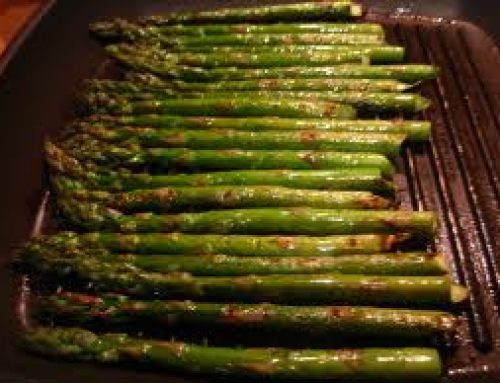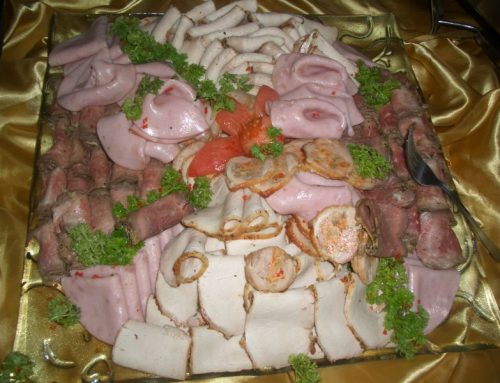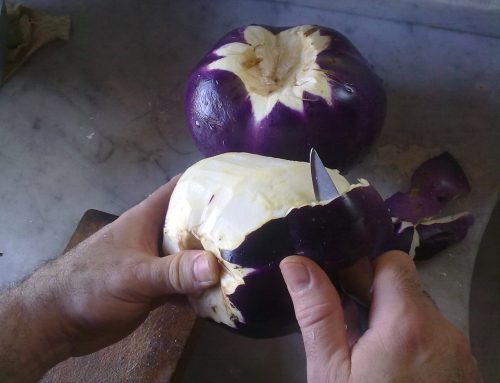Chives are a herb that is gathered and utilised around the world in all kinds of culinary dishes from soups, casseroles, seasonings, and many other ways.
Chive leaves or blades are the part of the chive herb that is used in culinary situations.
So if we can eat them, can guinea pigs eat chives and if they can, how much of it can they eat?
As per usual, we will look in particular at the calcium, sugar, fat, phosphorus and oxelate acid content.
A good amount of vitamin c would also be very beneficial.
Carbohydratest4.35 g
– Sugarst1.85 g
– Dietary fibert2.5 g
Fatt0.73 g
Proteint3.27 g
Vitamin A equiv.t218 μg (27%)
– beta-carotenet2612 μg (24%)
– lutein and zeaxanthint323 μg
Thiamine (vit. B1)t0.078 mg (7%)
Riboflavin (vit. B2)t0.115 mg (10%)
Niacin (vit. B3)t0.647 mg (4%)
Pantothenic acid (B5)t0.324 mg (6%)
Vitamin B6t0.138 mg (11%)
Folate (vit. B9)t105 μg (26%)
Vitamin Ct58.1 mg (70%)
Vitamin Et0.21 mg (1%)
Vitamin Kt212.7 μg (203%)
Calciumt92 mg (9%)
Iront1.6 mg (12%)
Magnesiumt42 mg (12%)
Manganeset0.373 mg (18%)
Phosphorust58 mg (8%)
Potassiumt296 mg (6%)
Zinct0.56 mg (6%)
(source: Wikipedia)
As you can see chives do contain quite a bit of phosphorus, calcium, and sugar, and acid. They also contain a hint of fat.
However, their vitamin c content is fantastic and so good for guinea pigs.
A few blades of chive once a week wont do them any harm at all but be careful at feeding them anymore than that due to the phosphorus, calcium, and sugar, and acid. But the vitamin c content makes it worth including in a guinea pig’s diet.





